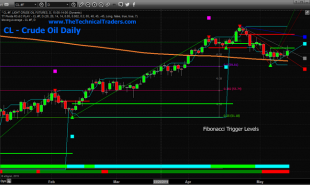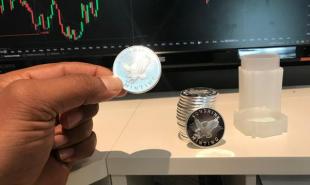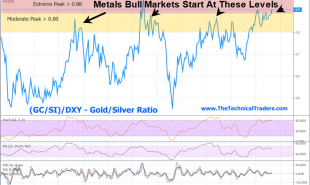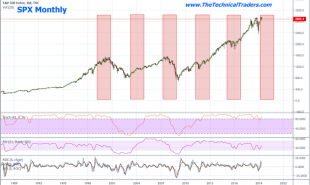
The non-farm payrolls (NFP) surprised the market with 242, 000 new jobs. That was a healthy number, but we have two nagging concerns. First, is the question of which types of jobs were produced, and second, what does the fact that the average workweek went from 34.6 down to 34.4 hours, and the fact that hourly earnings went down 0.1%, tell us about the nature of these 242,000 jobs?
The reduction in both hours worked and earnings, indicates that the jobs added are not of the highest quality. As it turns out, 75% of the new jobs were in the service industry, which is known for its low pay:
- Health care and social assistance added 57,000 jobs
- Retail trade added 55,000 jobs in February
- Food services and drinking places added 40,000 jobs
- Employment in private educational services rose by 28,000
Only 19,000 of the more lucrative construction jobs were added, but these were cancelled out by the loss of 19,000 equally well paying mining jobs.
The unemployment rate stayed steady at 4.9% which, along with the good headline NFP numbers, continues to provide the FED with convenient cover for their December rate hike, but not enough for another hike just yet. The CME FED rate tool is predicting no rate change in March, so if the FED surprises the market with a rate hike, there will be an ugly response in the markets, especially the gold market. We hope that the FED can keep their egos in check until later in the year (if the economy continues to improve).
For the third week in a row, the SP 500 was positive (as we have been expecting), and the chart below shows the changes in the bear and bull assets, and the bull and bear sentiment indicators.

We notice that there was a significant reduction in both bear asset holdings and in bear sentiment, with the bearish sentiment dropping from the high forties down to less than thirty percent. It seems that when the lights turned on in the market, the bears scattered. From a contrarian point of view, this would be concerning except for the fact that the bullish sentiment is still at a relatively low 32%, indicating that there is still some doubt in the minds of investors.
We are seeing some of the “fear of losing”, turn into the “fear of losing out”, but it is not yet excessive.
ANG Traders
Replicate our trades and our profits.
www.angtraders.com
Read more by ANGTraders







